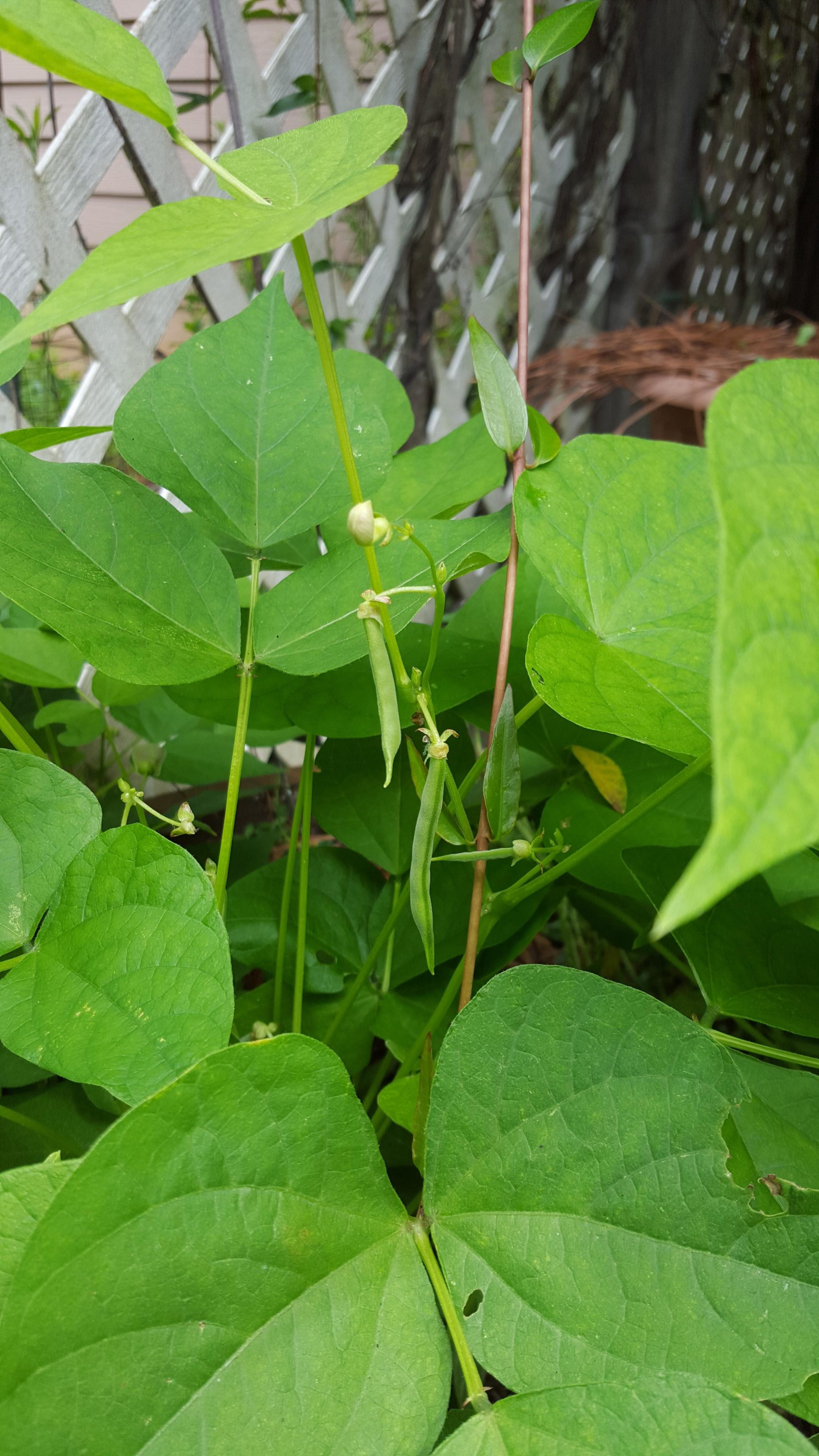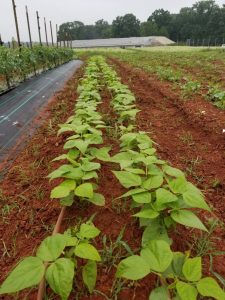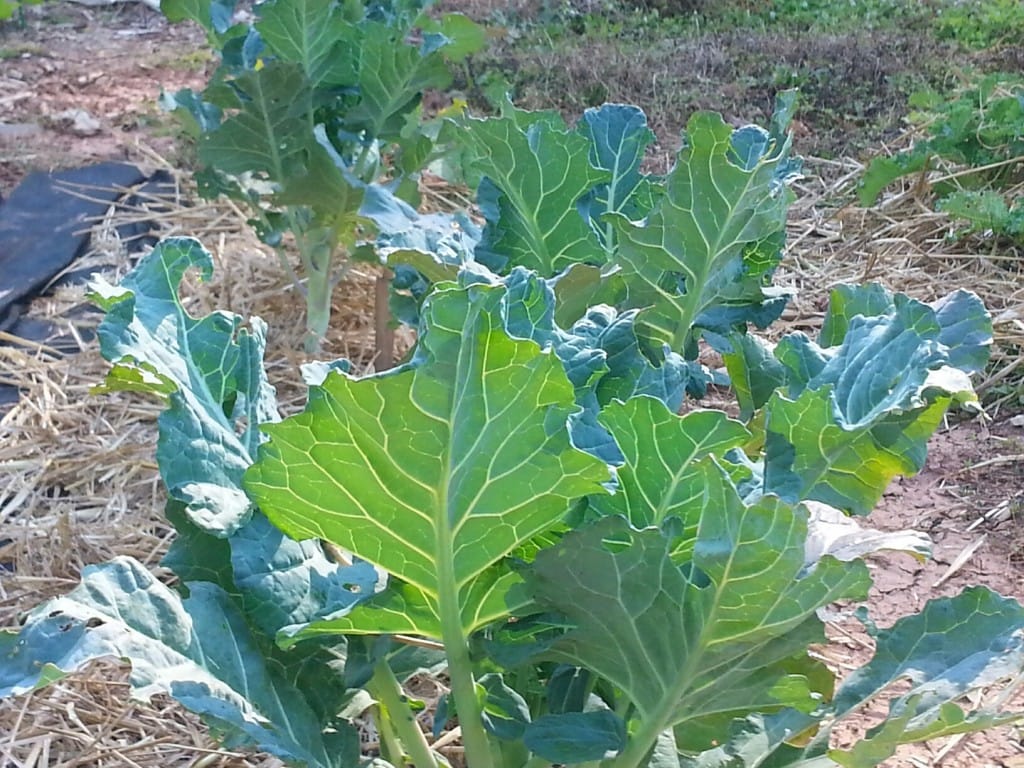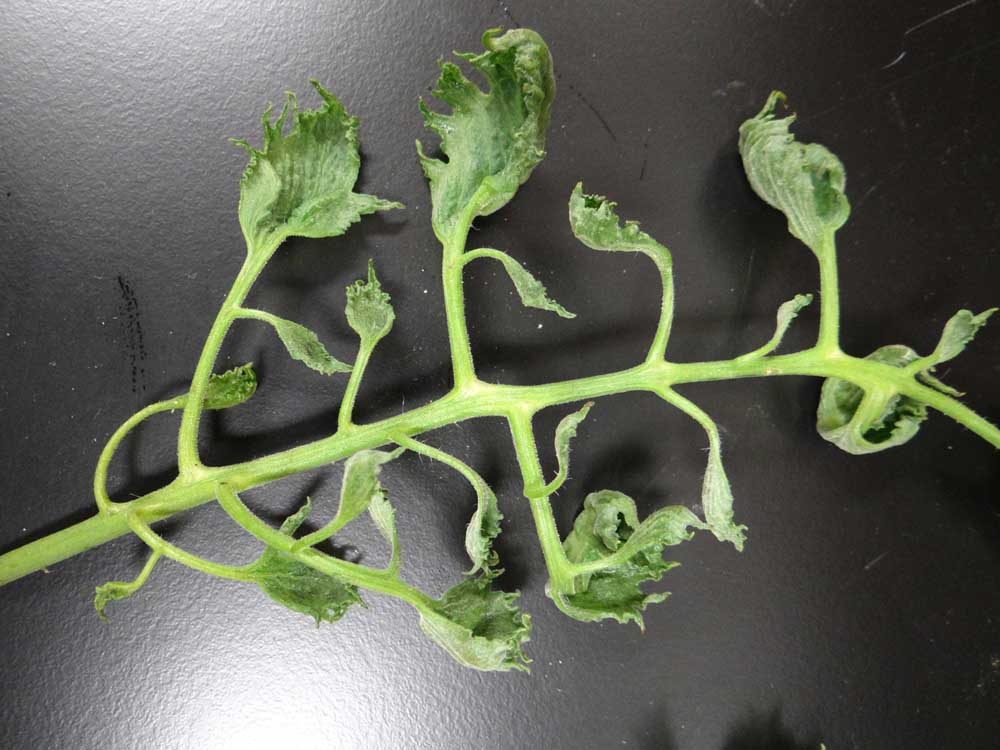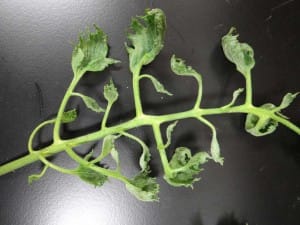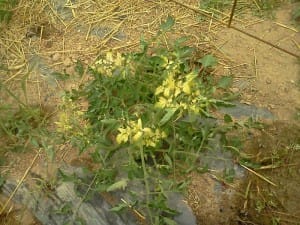Carrots have a reputation of being hard to grow in the clay soils of North Georgia. But, with a little knowledge and a few tricks you can have success with carrots. Since they are a cool-season crop now is the time to plant.
Since the interesting part of carrots grow underground you need to start with well drained, loose soil.
This is key. No rocks or sticks. You want that carrot to have no resistance as it grows. If you are growing in raised beds you are probably ahead of the game here. Carrots like a soil pH of 5.5 – 6.5.
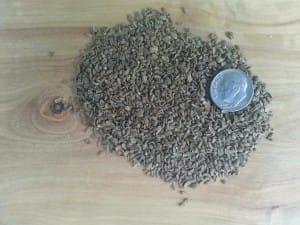
Carrot seeds are very tiny. Once you have your soil rock-free, smooth it out for planting. There are two schools of thought in how to plant carrot seeds. One way is to plant in traditional rows. Another thought is if you have a defined area, like in a community garden raised bed plot, to broadcast the seeds. Either way just lay the seeds on the soil bed and then sprinkle about 1/4 inch of soil on top. Consider mixing in a few radish seeds at planting. They come up quickly and can help mark your rows, if you are a row planter. And, they will help prevent the soil from crusting.
To ensure good seed-to-soil contact with such small seeds it is a good idea to lightly tamp the soil down. A tamper is useful here to put just enough pressure for that contact without compacting the soil. Water in. Be patient as carrots take several weeks to germinate.
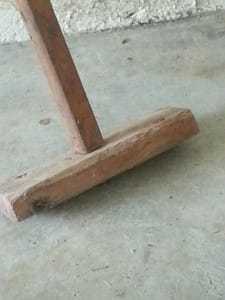
Mulch is important here. The temperatures are still warm and you want to try and keep the soil moisture even.
Once the carrots come up thinning is essential.
If the carrots become too crowded underground, they can become stunted. Thinning is a pain, especially if you broadcast planted. But, don’t skip this step. Instead of pulling up the thinnings, just use a snipper to cut the seedlings off at the root. This will minimize disturbance of the remaining plants. The goal is about 2 inches between carrots.
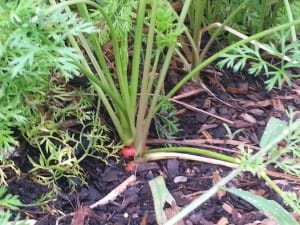
Pay attention to the days until harvest number on the seed packets. As the soil cools the carrots actually get sweeter. Some gardeners leave the carrots in the ground over the winter with good results. When harvesting be very gentle so you don’t damage your crop.
When choosing a cultivar remember that all carrots don’t have to be orange. Chantenay Red Core has a reddish color while Purple Haze is obviously purple. Danvers 126, Scarlet Nantes, and Nantes are all recommended orange cultivars. Look for them at feed and seed stores, old hardware stores, and even big box retailers. If you want to try something new there are several seed
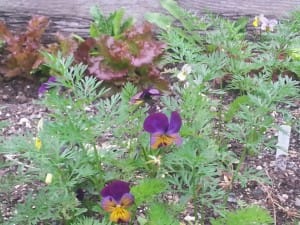
companies like Burpee and Johnny’s Selected Seeds that have interesting choices in their catalogs. If you have any questions about growing carrots contact your local UGA Extension Agent. He/She will have great advice.
Happy Gardening!

